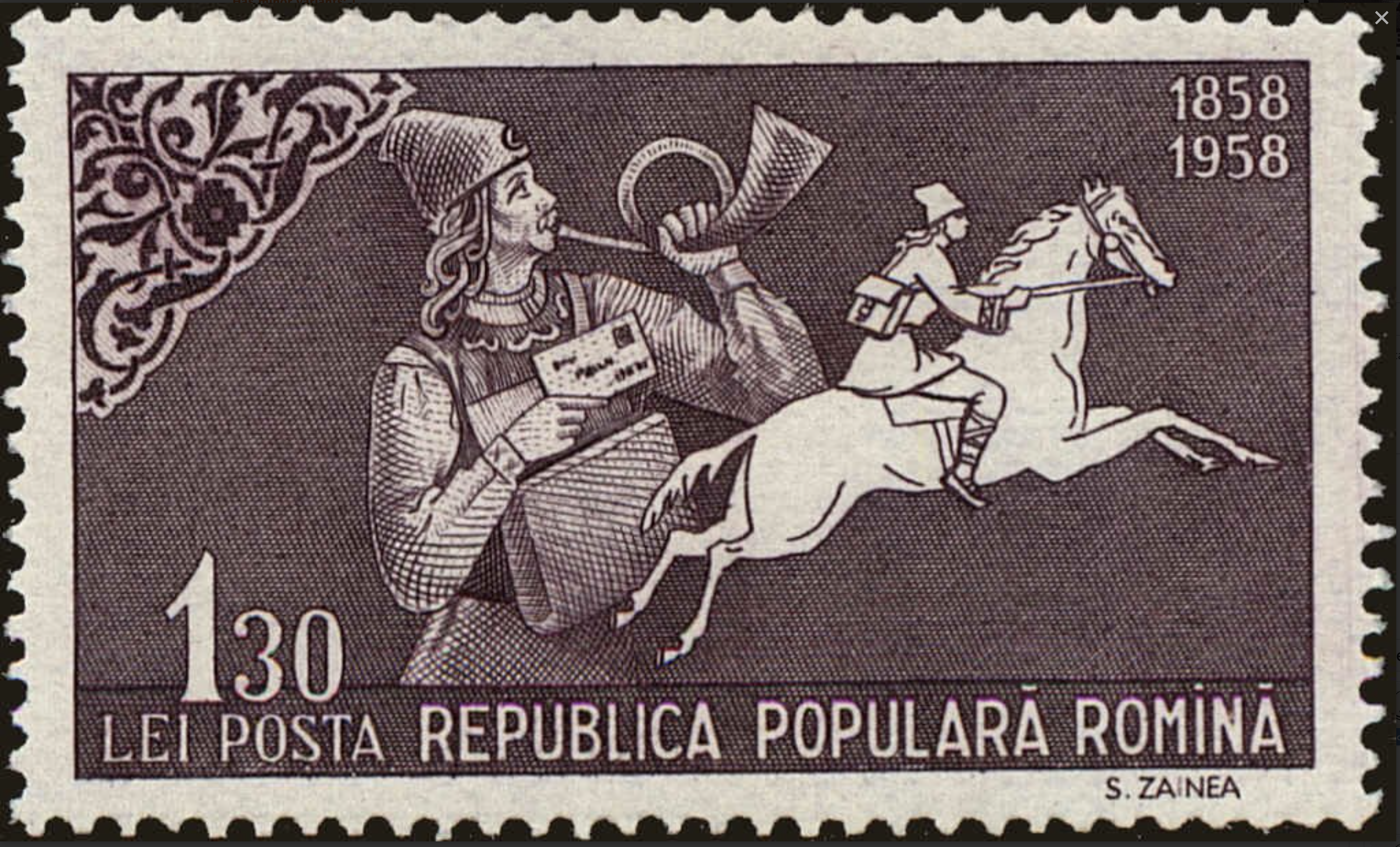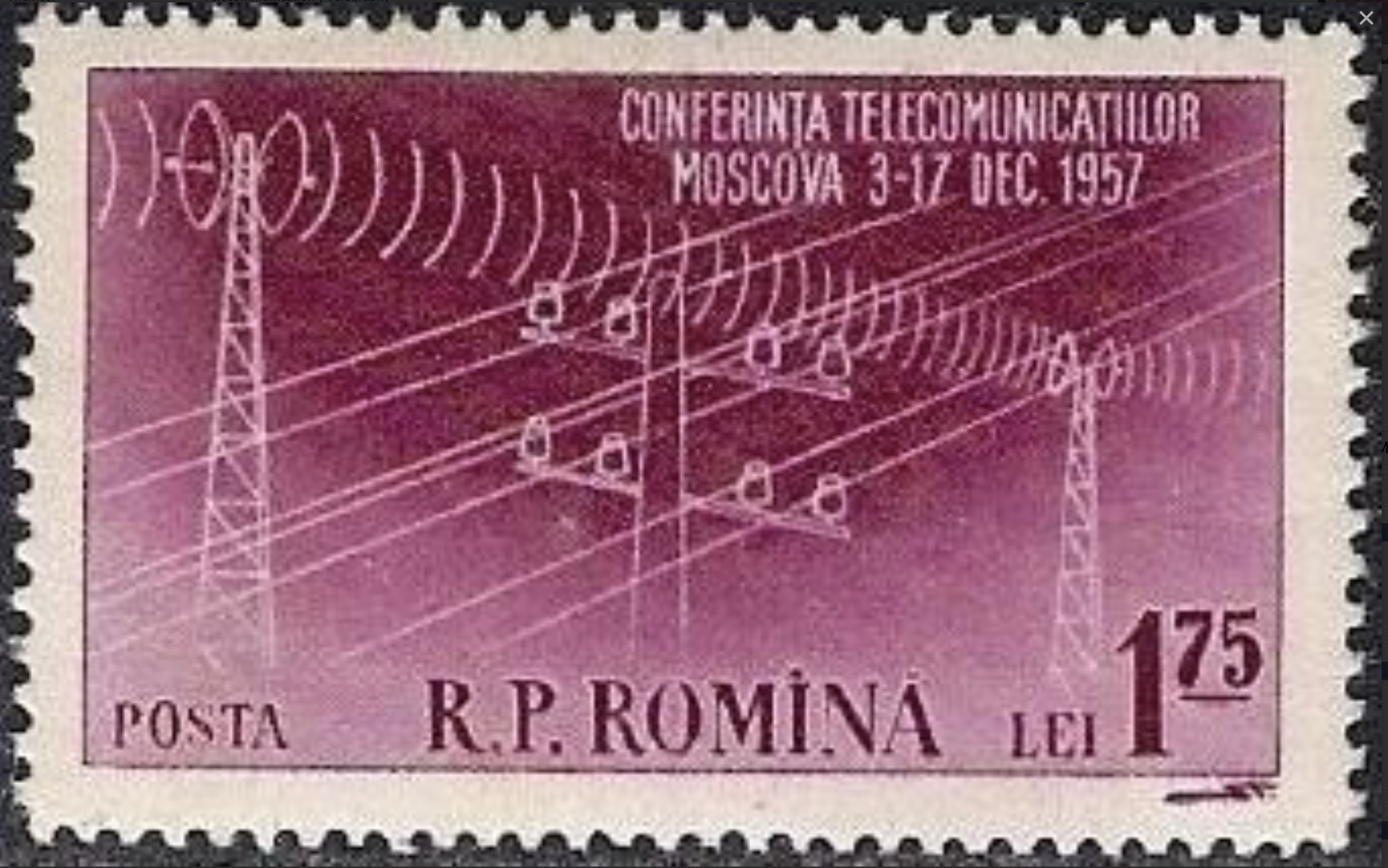Romania #1534 (1962) – 15th Anniversary of the People’s Republic
$0.35
Romania #1534 (1962) – 15th Anniversary of the People’s Republic
1 in stock
Description
Romania #1534 (1962) – 15th Anniversary of the People’s Republic
The Romanian People’s Republic (RPR) was a state that existed from 1947 to 1965, with its name changed to the Socialist Republic of Romania (RSR) in 1965. The period you’ve specified, 1948-1953, falls within the early years of the Romanian People’s Republic, which was characterized by significant political, social, and economic transformations. Here are key points about this period:
1. Establishment of the Romanian People’s Republic:
- The Romanian People’s Republic was proclaimed on December 30, 1947, following the forced abdication of King Michael I and the establishment of a communist government led by the Romanian Workers’ Party (Partidul Muncitoresc Român, PMR).
2. Communist Takeover:
- The early years saw a consolidation of communist power, with the PMR under the leadership of Gheorghe Gheorghiu-Dej. The party aimed to transform Romania into a socialist state aligned with the Soviet Union.
3. Nationalization and Collectivization:
- The RPR implemented a series of radical economic reforms, including the nationalization of key industries and the collectivization of agriculture. Land and private enterprises were brought under state control.
4. Suppression of Opposition:
- Political opposition, dissent, and resistance to collectivization were met with severe repression. The government, under the influence of the Soviet model, established a totalitarian regime that suppressed political opponents and dissenting voices.
5. Soviet Influence:
- The Romanian People’s Republic maintained close ties with the Soviet Union. The country was part of the Eastern Bloc, a group of socialist states aligned with the Soviet Union during the Cold War.
6. Political Purges:
- The regime conducted political purges to eliminate perceived enemies or rivals within the Communist Party and the broader society. This included purges within the party, the government, and the military.
7. Gheorghe Gheorghiu-Dej’s Leadership:
- Gheorghe Gheorghiu-Dej served as the General Secretary of the Romanian Workers’ Party and later as the head of state. His leadership was marked by a pragmatic approach, seeking a degree of autonomy within the Eastern Bloc.
8. Transition to the Socialist Republic:
- In 1965, the Romanian People’s Republic underwent a nominal change to become the Socialist Republic of Romania (RSR). The political structure remained one-party rule under the Romanian Communist Party.
The early years of the Romanian People’s Republic were characterized by dramatic political and economic changes, with the establishment of a communist regime aligned with the Soviet Union. The period set the stage for subsequent developments in Romania’s political landscape, including the later regime of Nicolae Ceaușescu.
Ready to ship in 3-5 business days from United States (US)
Additional information
| Weight | 0.0149 lbs |
|---|---|
| Condition | |
| Country | |
| Scott Number | |
| Stamp Format | |
| Stamp Type | |
| Year of Issue |













